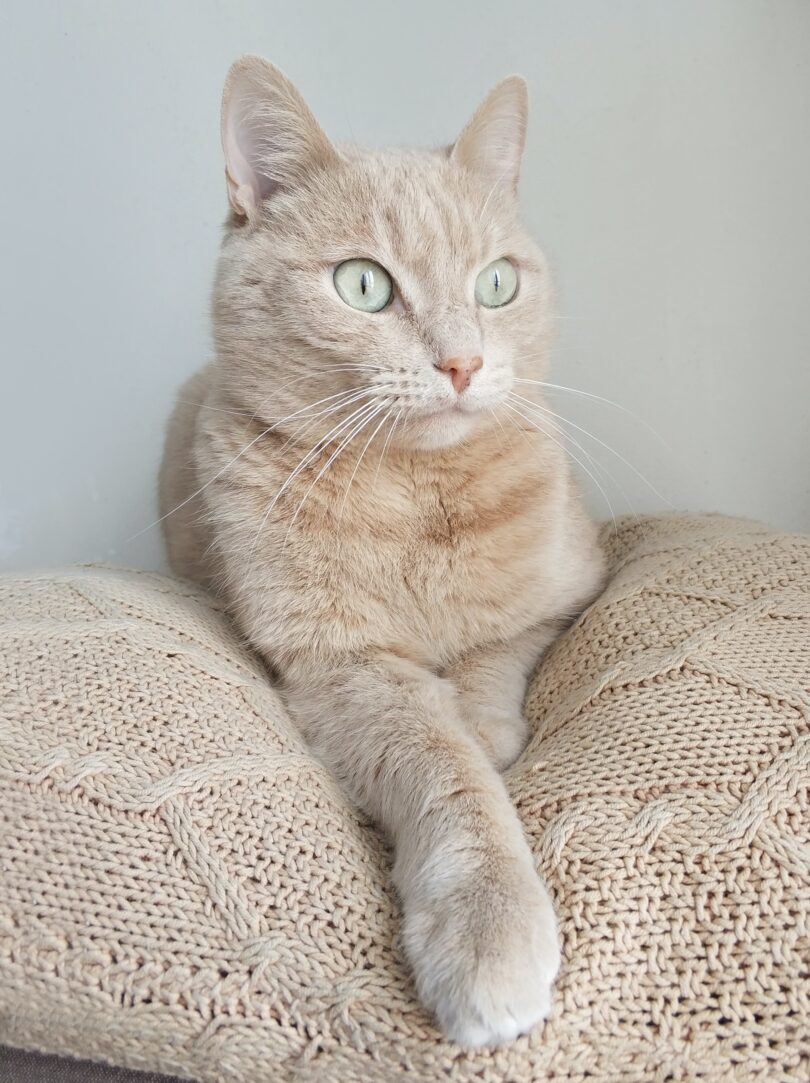Introduction
Distinguishing between playful interactions and aggressive encounters in cats can be challenging, especially in multi-cat households with varying temperaments and backgrounds. This article provides insights into deciphering feline behavior and offers guidance on fostering a harmonious living environment for your furry companions.
The Social Dynamics of Cats
Despite their solitary nature, domestic cats are capable of forming social bonds. They establish cohesion through allogrooming and allorubbing, even in groups of unrelated individuals. Cats in affiliative relationships exhibit reduced aggression provided there are ample environmental resources. Cats socialized during their kitten years tend to maintain these bonds into adulthood, contributing to a more harmonious multi-feline household.
Identifying Playful vs. Aggressive Behavior
Play is crucial for cats of all ages. It aids emotional well-being, combats boredom, and reinforces social bonds. Unlike dogs, cats primarily engage in play as a form of predatory behavior. Playful wrestling among cats is normal and beneficial.
Playful Interactions: How Cats Play
Sibling cats often engage in play sessions involving stalking, chasing, and pouncing, which can resemble fights. However, close observation is crucial to prevent overstimulation, particularly in less excitable cats. A stimulating play environment with obstacles, hiding spots, and interactive toys promotes healthy social play.
Cats communicate largely through body language, making it essential to consider their overall social dynamic when interpreting behavior.
Signs Your Cats Are Playing
- Relaxed and content demeanor during interaction.
- Ears in a normal or forward position.
- Forward-facing body stance.
- Flat fur (no puffing or piloerection).
- Playful biting.
- Wrestling and chasing.
- Absence of clawing, hissing, swatting, or growling.
- Balanced engagement, with both cats taking turns.
Aggressive Encounters: Signs to Watch For
Cats are resourceful creatures and typically avoid physical confrontations. Active aggression arises when a cat feels threatened and escape routes are limited. Some cats are more prone to aggression due to individual genetics, sex, and early life experiences.
Signs Your Cats Are Fighting
- Wide-open eyes with dilated pupils and confrontational stares.
- Ears up and flattened against the head.
- Forward and spread-out whiskers.
- Open mouth with bared teeth.
- Vocalization through growling or hissing.
- Piloerection (puffed-up fur).
- Tense, sideways body posture.
- Claws extended during swatting or striking.
- Vertical tail with the tip down or raised, lashing back and forth or twitching.
Reasons Behind Cat Fights
Various factors contribute to inter-cat aggression, including:
- Lack of Early-Life Socialization: Kittens benefit greatly from early socialization with other cats.
- Introduction of New Household Members: New cats can lead to tension during the initial introduction phase.
- Resource Scarcity: Competition for resources, including food and human attention, can cause friction.
- Territorial Disputes: Cats place significant importance on territorial security.
- Illness: Cats in pain or discomfort may display aggressive behavior.
- Protecting Kittens: Mother cats may become defensive when safeguarding their young.
- Genetics: Certain genes can contribute to irritability and aggression.
What To Do If Your Cats Are Fighting
Intervening in a catfight requires caution. Do not place hands or body parts between fighting cats to prevent injury. Instead, throw a towel or blanket to distract them. Barrier separation can also be effective. After a fight, allow both cats to relax in separate, quiet rooms.
Reducing Stress and Minimizing Fights
- Provide ample resources and environmental enrichment.
- Offer toys, puzzle feeders, and foraging opportunities.
- Engage in interactive play tailored to each cat’s preferences.
- Consider using products like Feliway to reduce tension.
- Neuter or spay your cats to address certain aggressive behaviors.
- Integrate new cats carefully and be mindful of social dynamics.
If uncertainty persists, consult with a veterinarian or cat behaviorist for personalized guidance.
Conclusion
Understanding your cats’ behavior is key to fostering a peaceful and happy multi-cat household. By recognizing the signs of playful interactions versus aggressive encounters, you can create an environment that supports their social bonds and individual needs. With patience, observation, and appropriate interventions, you can ensure a harmonious living space for your beloved feline companions.







